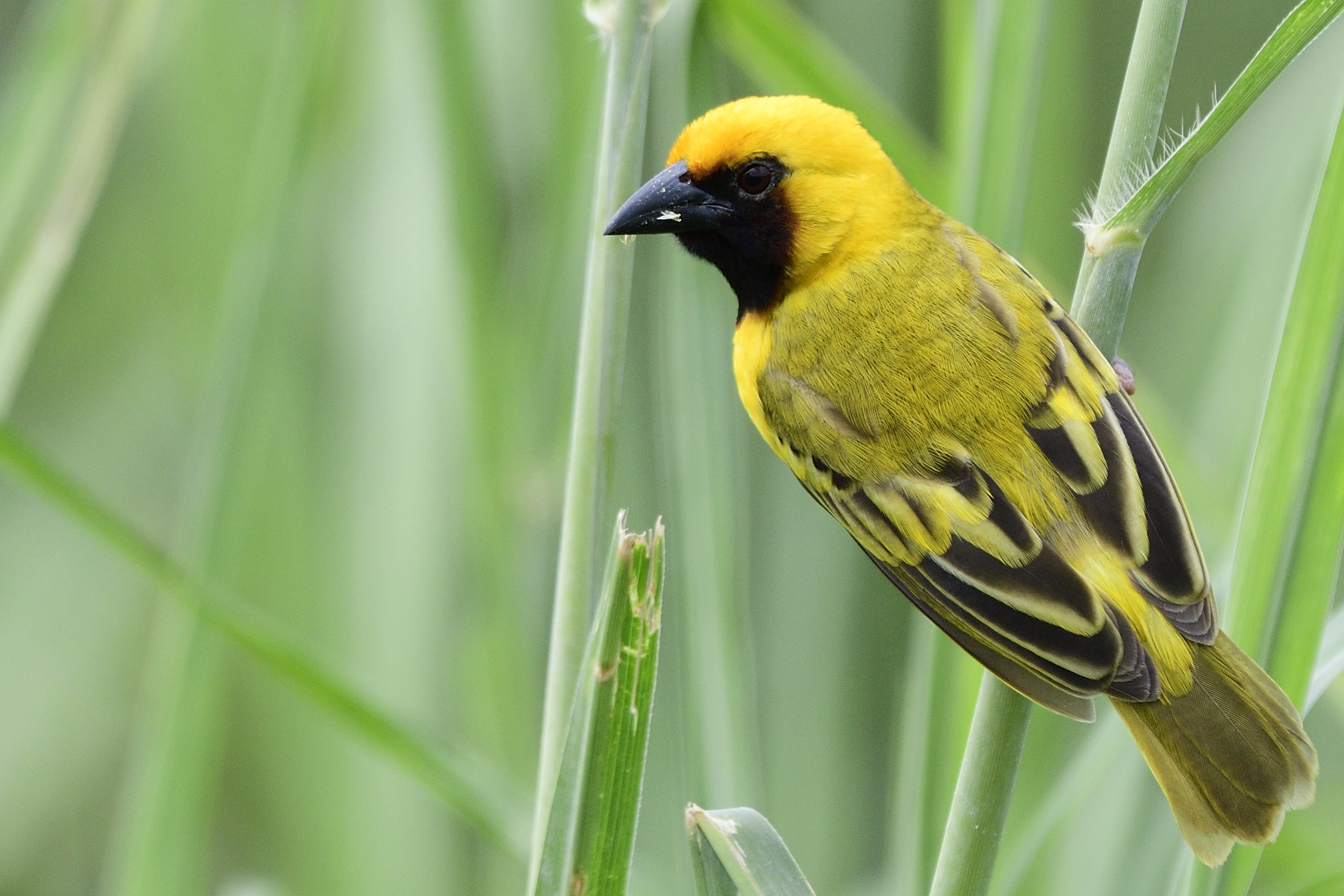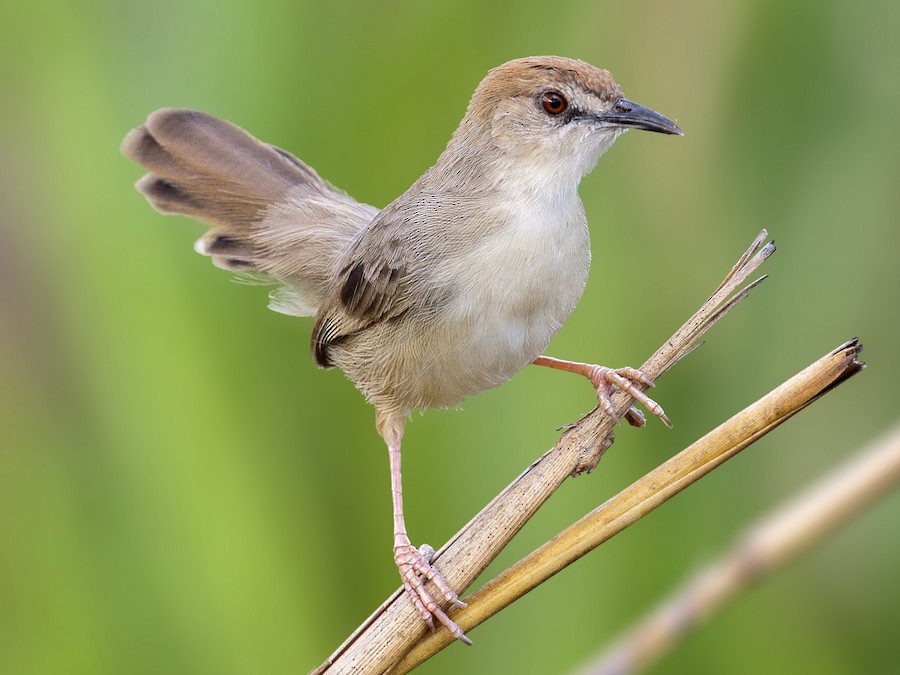Kilombero Swamps (Birding Areas)
The Kilombero Swamps, lying between the Udzungwa Mountains and Mahenge Highlands in southern Tanzania, are among the largest seasonal freshwater wetlands in East Africa. This vast floodplain is rich in biodiversity, with sweeping marshes, tall grasses, and winding rivers that support unique wildlife and sustain nearby villages. It’s a vital ecological zone that draws birdwatchers, researchers, and nature lovers alike.
Bird Species in Kilombero.
In the surrounding villages, especially near Ifakara and Mngeta, birders can spot an exciting range of species. These include the Kilombero Cisticola, Kilombero Weaver, White-tailed Cisticola, Burchell’s Coucal, Fawn-colored Waxbills, Livingstone’s Flycatcher, and the elusive Lesser Seedcracker. The area offers a rare opportunity to observe several birds found nowhere else, making it a true hotspot for avian diversity.

Climate.
The Kilombero Valley has a tropical climate with distinct wet and dry seasons. The wet season lasts from November to April, with the heaviest rains between March and April, and temperatures ranging from 25°C to 30°C (77°F to 86°F). The dry season from May to October brings lower humidity and temperatures between 20°C to 25°C (68°F to 77°F). The valley’s climate is influenced by the nearby Udzungwa Mountains, contributing to high rainfall and occasional flooding, which sustains its rich wetland ecosystems.

Best Time to Visit.
The best time to visit the Kilombero Valley for birdwatching is during the dry season, from May to October. During this period, the weather is more favorable, with lower humidity and clear skies, making it ideal for spotting birds and exploring the wetlands and grasslands. The dry season also coincides with the peak of the birding season, as many species are more active and visible during this time.
For birders, it’s important to bring binoculars, a field guide for local bird species, and appropriate footwear for walking through wetlands and grassy areas. Early mornings and late afternoons offer the best opportunities for sightings, as birds are more active during these cooler parts of the day. Additionally, visiting in April just before the rains begin can offer good birding opportunities, as migratory species are present, and the landscape is still lush and vibrant.

How To Get There.
To reach the Kilombero Valley and surrounding areas, you can choose from several travel options:
By Air:
- From Dar es Salaam (DAR) or Zanzibar (ZNZ): You can take a domestic flight to Mikumi National Park or Iringa Airport. From Mikumi or Iringa, the Kilombero Valley is accessible by road, approximately 2-3 hours away, depending on your destination within the valley.
By Rail:
- SGR (Standard Gauge Railway): You can travel by the SGR from Dar es Salaam to Morogoro, and from there, take a road transfer to the Kilombero Valley. This route is well-connected and offers a comfortable journey through scenic landscapes.
- TAZARA Railway: Another option is the TAZARA railway from Dar es Salaam to Mbeya, passing through Mikumi and Morogoro, followed by a road transfer to the Kilombero Valley.
By Road:
- From Dar es Salaam: Kilombero Valley is around 4-5 hours by road from Dar es Salaam, traveling via the Morogoro route.
- From Morogoro: You can drive directly from Morogoro to Kilombero Valley, which takes about 2-3 hours by road.
- From Iringa: If traveling from Iringa, it’s approximately a 3–4-hour drive to the Kilombero Valley via road.
Each of these travel methods provides a scenic and convenient way to reach the Kilombero Valley, with a range of options depending on your starting location and preferences.
Facts About Kilombero Valley.
- Kilombero Valley has been a Ramsar Site since 2000
- Home to Kilombero Cisticola & Kilombero Weaver.
- Thousands of people living in and around the valley rely on the swamps for fishing, rice farming, grazing, and water.
- Kilombero acts as a wildlife corridor linking the Udzungwa Mountains to Selous/Nyerere National Park, allowing seasonal movements of elephants, buffalo, and antelope. It also serves as a breeding site for fish and migratory birds.
- Researchers have described Kilombero as a “natural laboratory” where new species of birds, fish, and frogs have been discovered in recent decades.
The Mystery of the Kilombero Weaver.
For years, the Kilombero Weaver (Ploceus burnieri) was right in front of people’s eyes, yet no one realized how special it was. To the local farmers and fishermen, it was just another bird fluttering over the wetlands.
However, when ornithologists first observed it in the 1980s, they noticed something peculiar—its bright yellow plumage, unique song, and distinct nesting habits.
Unlike other weavers, this bird had an unusual way of building its nest high in the reeds rather than in trees. After meticulous study, it was officially declared a new species endemic to Kilombero Valley, making it one of the rarest birds in the world.
Today, birdwatchers travel from across the globe to catch a glimpse of this elusive avian treasure.



